
An Arctic Amplification is a phenomena initiated by sun shining to melting ice above the Arctic so excessively and strong, that melting freshwater from the Arctic Ocean is escaping to the south – above North Atlantic ocean waters, where it cooling its upper levels.
Often is above the Arctic thanks to Arctic Amplification created a high pressure system, pushing the arctic air masses to the southern areas, mainly Icelandic and Aleutian area, with possible coldwaves (mainly in Europe).
This phenomenon is associated with a possible shift of the Gulf Stream southward and a subsequent shift of the North Atlantic storm track, enhancing phenomena called the “Global warming hole”.
The GW hole is situated in the northern Atlantic southwest of Iceland. Here, cold sea water from melted Arctic is accumulating, which invokes a cold anomaly over an area with lower sea and air temperatures as averages from 20. century.
This anomaly is slowly increasing and according to Rahmstdorf et al. (2015) or Hansen et al. (2016) could make Britain cold again up to end of 21. century (2100) (more fresh water from Arctic, southern shift of AMOC and Gulf stream and stormtrack).
An effect of the GW hole is episodically seen on the coasts of western and northern Europe recently and is expected that its power will be stronger and stronger during the next decades, with possible cooling effects of Great Britain and Ireland of more than -5°C till 2100.
It can be colder across the all coast of W/NW/N Europe from Portugal to Norway (possible cooling in Portugal, Spain, France, Luxembourg, Belgium, the Netherlands, the UK, Ireland, Iceland, Greenland, Norway, Sweden, Denmark, Finland, Germany, Poland, Estonia, Latvia, Lithuania and Belarus) with a cooling effect 1/-3°C, in the north more than -5°C.
An interesting map below is plotting Temperature change relative to global average calculated from a linear trend 2021 – 2100.
On this, for us until today an unknown map, Global Warming Hole is more evident.
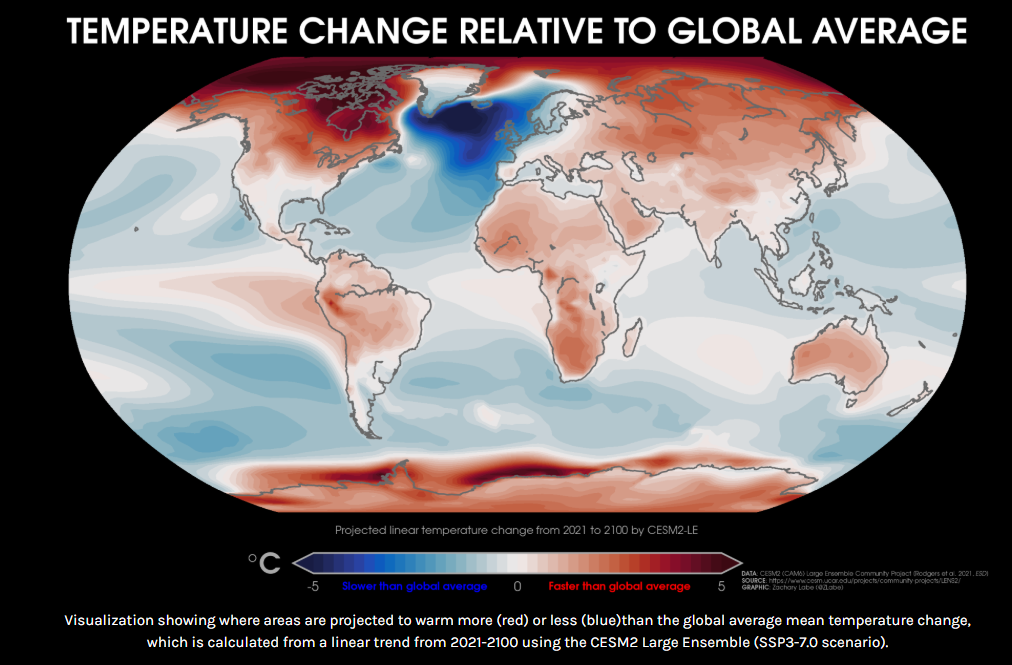
GW hole as temperature change relative to global average. Source: https://zacklabe.com/climate-model-projections/

Global warming hole – predictions until 2100. Source: https://tos.org/oceanography/article/is-the-atlantic-overturning-circulation-approaching-a-tipping-point

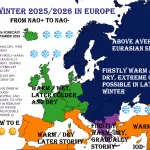
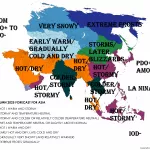


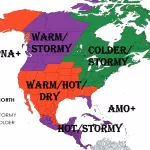
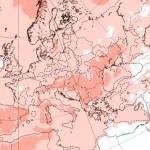
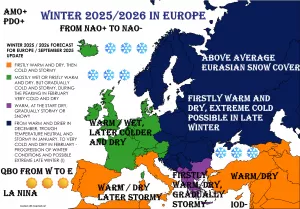
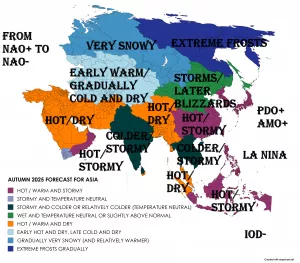

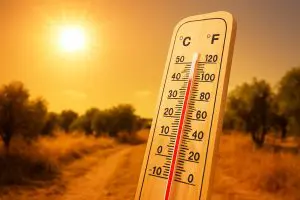
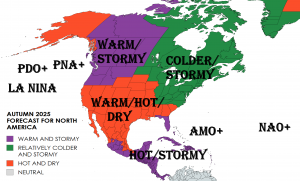
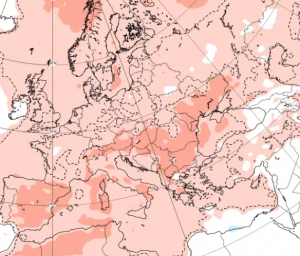
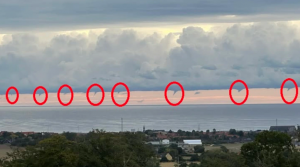
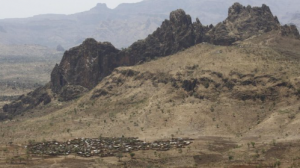
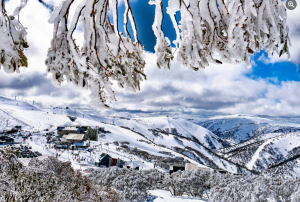



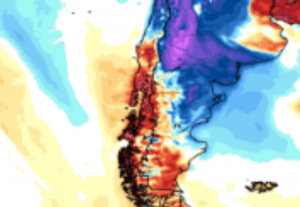

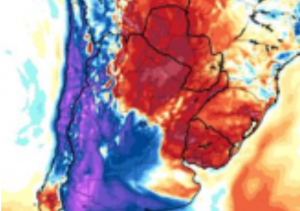





12 thoughts on “Global Warming Hole projections: Global warming should change to cooling from Portugal to Norway!”
Comments are closed.